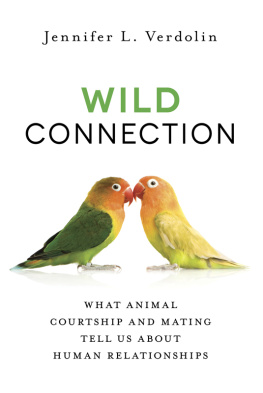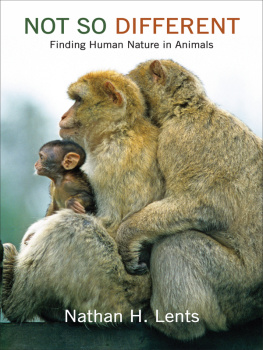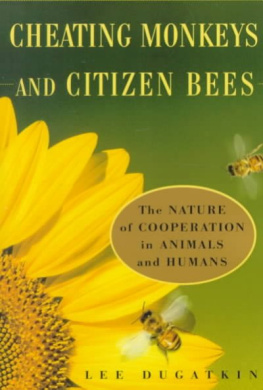Barbara Natterson-Horowitz - Wildhood: The Epic Journey from Adolescence to Adulthood in Humans and Other Animals
Here you can read online Barbara Natterson-Horowitz - Wildhood: The Epic Journey from Adolescence to Adulthood in Humans and Other Animals full text of the book (entire story) in english for free. Download pdf and epub, get meaning, cover and reviews about this ebook. year: 2019, publisher: Scribner, genre: Science. Description of the work, (preface) as well as reviews are available. Best literature library LitArk.com created for fans of good reading and offers a wide selection of genres:
Romance novel
Science fiction
Adventure
Detective
Science
History
Home and family
Prose
Art
Politics
Computer
Non-fiction
Religion
Business
Children
Humor
Choose a favorite category and find really read worthwhile books. Enjoy immersion in the world of imagination, feel the emotions of the characters or learn something new for yourself, make an fascinating discovery.

- Book:Wildhood: The Epic Journey from Adolescence to Adulthood in Humans and Other Animals
- Author:
- Publisher:Scribner
- Genre:
- Year:2019
- Rating:5 / 5
- Favourites:Add to favourites
- Your mark:
Wildhood: The Epic Journey from Adolescence to Adulthood in Humans and Other Animals: summary, description and annotation
We offer to read an annotation, description, summary or preface (depends on what the author of the book "Wildhood: The Epic Journey from Adolescence to Adulthood in Humans and Other Animals" wrote himself). If you haven't found the necessary information about the book — write in the comments, we will try to find it.
ANew York TimesEditors Pick
PeopleBest Books Fall 2019
Chicago Tribune28 Books You Need to Read Now
It blew my mind to discover that teenage animals and teenage humans are so similar. Both are naive risk-takers. I loved this book!Temple Grandin, author ofAnimals Make Us HumanandAnimals in Translation
A revelatory investigation of human and animal adolescence and young adulthood from theNew York Timesbestselling authors ofZoobiquity.
WithWildhood, Harvard evolutionary biologist Barbara Natterson-Horowitz and award-winning science writer Kathryn Bowers have created an entirely new way of thinking about the crucial, vulnerable, and exhilarating phase of life between childhood and adulthood across the animal kingdom.
In their critically acclaimed bestseller,Zoobiquity,the authors revealed the essential connection between human and animal health. InWildhood,they turn the same eye-opening, species-spanning lens to adolescent young adult life. Traveling around the world and drawing from their latest research, they find that the same four universal challenges are faced by every adolescent human and animal on earth: how to be safe, how to navigate hierarchy; how to court potential mates; and how to feed oneself. Safety. Status. Sex. Self-reliance. How human and animal adolescents and young adults confront the challenges of wildhood shapes their adult destinies.
Natterson-Horowitz and Bowers illuminate these core challenges through the lives of four animals in the wild: Ursula, a young king penguin; Shrink, a charismatic hyena; Salt, a matriarchal humpback whale; and Slavc, a roaming European wolf. Through their riveting storiesand those of countless others, from adventurous eagles and rambunctious high schooler to inexperienced orcas and naive young soldiersreaders get a vivid and game-changing portrait of adolescent young adults as a horizontal tribe, sharing behaviors and challenges, setbacks and triumphs.
Upending our understanding of everything from risk-taking and anxiety to the origins of privilege and the nature of sexual coercion and consent,Wildhoodis a profound and necessary guide to the perilous, thrilling, and universal journey to adulthood on planet earth.
Barbara Natterson-Horowitz: author's other books
Who wrote Wildhood: The Epic Journey from Adolescence to Adulthood in Humans and Other Animals? Find out the surname, the name of the author of the book and a list of all author's works by series.









